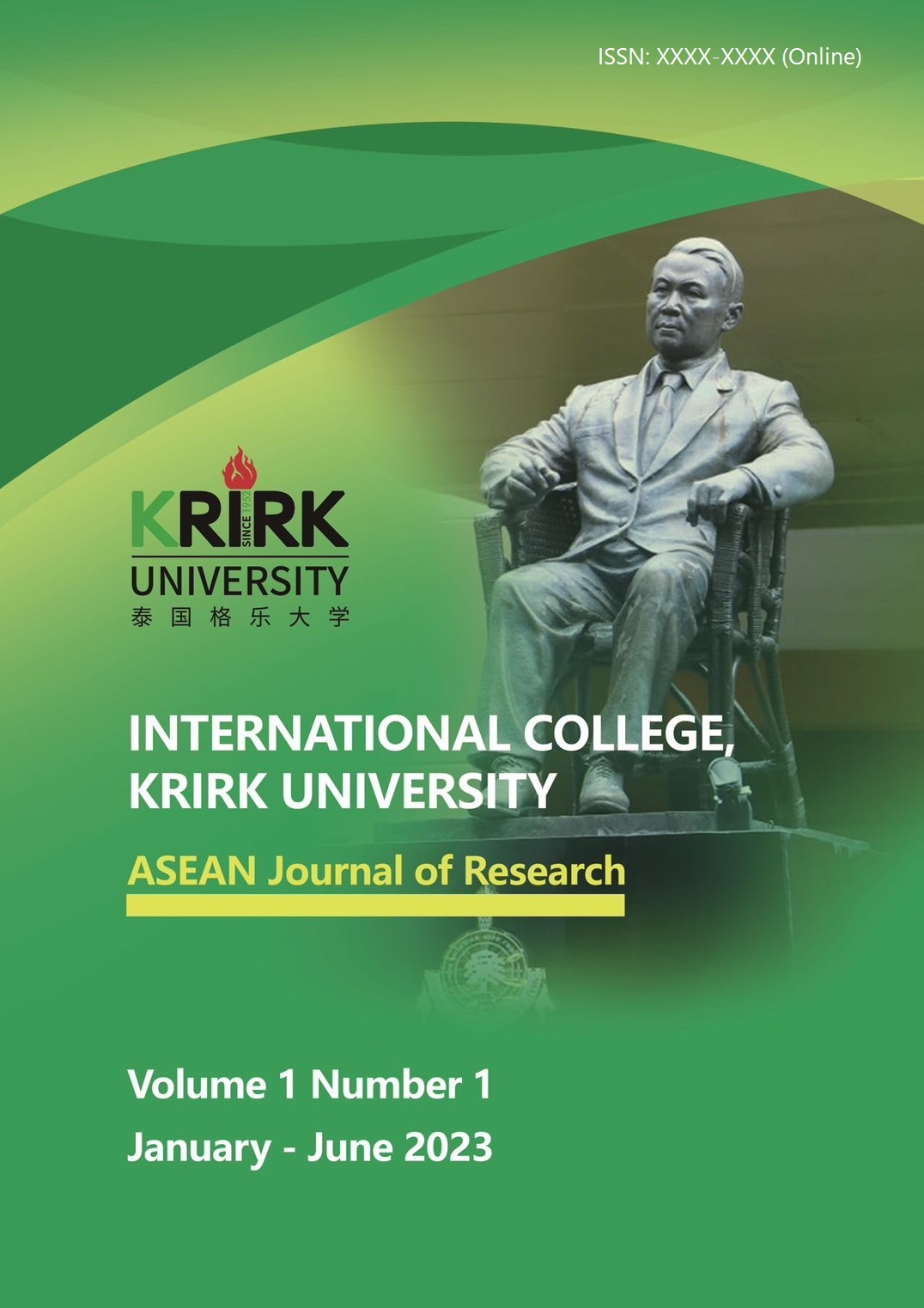Dreams of the Hebrews and Other Ancient Peoples: A Contextual Panoply for Religious Minds
Abstract
The Bible as well as other great books of historical and revealed religions show traces of a general and substantial belief in Dreams. Joseph saw eleven stars bow to him; the twelfth star. The famine of Egypt was revealed by a vision of fat and lean cattle. The parents of Christ were warned of the cruel edict of Herod, and fled with the Divine Child into Egypt. Pilate’s wife, through the influence of a dream advised her husband to have nothing to do with the conviction of Christ. Consequently, most people have a haunting notion that there is more meaning in dreams than admitted. Students find volumes of research about dreams in various areas. Medical men are working on the psychology of dreaming in laboratories in many of the leading hospitals and Universities, while others, following the likes of Freud and Jung, make studies from the standpoint of Psychiatry, or Anthropology, or History, and importantly, Religion. In the Old Testament, Dream was a veritable avenue through which God communicated with His people in order to warn, direct and guide them. Furthermore, this same method of Divine dreams are recorded among the Ancient Near Eastern Peoples (ANE), some of which existed before the biblical Hebrews. Such dreams were very much ‘revelational’ and often with precise accuracy, just like that of the Jews. This Paper therefore theologically explored these ancient peoples and their dreams from a didactic context. The paper employed descriptive research method as well as textual analysis of a diachronic type to interrogate the research focus. The paper concluded and recommended that contemporary Christians should be more intentional about cultivating their natural giftedness in the areas of dreams, visions, etc., as well as the understanding of the import and impact of dreams as oracular medium that is not demonic, but an important revelatory and didactic process that is both divine and biblical.
References
References
Adler, A. (1936). On the Interpretation of Dreams, International Journal of Individual Psychology 2:3-16.
Aquinas, T. (1947) Is Divination Unlawful? In The World of Dreams. Ed. By R. L. Woods. New York: Random House.
Archer, W. (1935). On Dreams. Ed. By T. Besterman. London: Methuen.
Archer, G. L. (1985). “Daniel’’ In F.E. Gaebelein, The Expositor’s Bible Commentary. Grand Rapids: Zondervan.
Artemidorus, (1975). Oneirocritica: The Interpretation of Dreams. Trans. By R. White. Torrance, Califonia: Original Books.
Babylonian Talmud. (1901). Trans. By Michael L. Rodkinson. New York: New Talmud Publishing Company.
Baron, S. W. (1952-60). A Social and Religious History of the Jews. (8Vols.). New York: Columbia University Press.
Brown F., Driver, S. R.and Briggs, C. A (1955). Eds. A Hebrew and English Lexicon of the Old Testament. Oxford: Clarendon Press.
Capps, D. (2001). Freud and Freudians on Religion: A Reader. New Haven, Connecticut: Yale.
Castenada, Carlos. (1993). The Act of Dreaming. (N.C). Aquarian Press.
Chetwynd, Tom. (1993) A Dictionary for Dreamers. (N.C). Aquarian Press.
Chinkwita, M. (1993). The Usefulness of Dreams: An African Perspective. (N.C.). Janus Books.
Cicero, (1947). Argument against Taking Dreams Seriously. In R. L. Woods (Ed), The World of Dreams. New York: Random House.
Cicero, (1964). De Amicitia, De Divinatione. Trans. William Armistead Falconer. Cambridge: Harvard Univ. Press.
Clarence, L. (1929). The Book of Daniel. Philadelphia: Rev. Clarence Larkin.
Clement S. (1947). Dream Body Lives After Death. In R. L Woods (Ed.), The World of Dreams. New York: Random House.
Dee, N. (1989). Discover Dreams. London: Guild Publishing.
Dee, N. (1984). Your Dreams and What They Mean. (N.C.). Aquarian Press.
Freud, S. (1952). On Dreams. New York: Notton.
Freud, S. (1953). The Interpretation of Dreams. New York: Basic Books.
Jeffrey, A. (1956). “Daniel.” In G. A. Buttrick (Ed.), The Interpreter’s Bible. Nashville: Abingdon.
Le Vine, R. (1966). Dreams and Deeds: Achievement Motivation in Nigeria. Chicago: Chicago University Press.
Lorand, S. (1957). Dream Interpretation in the Talmud. International Journal of Psychoanalysis, 38, 92-97.
Lowy, S. (1946). Psychological and Biological Foundations of Dream-Interpretation. London: Kegan Paul, Trench, Trubner & Co.
Mackenzie, N. (1965). Dreams and Dreaming. London: Aldus Books.
Mahoney, M. (1966). The Meaning in Dreams and Dreaming. New York: Citadel Press.
Meseguer P. (1960). The Secret of Dream. Westminster: Md. Newman.
Saint-Denys, H. (1982). Dreams and How to Guide Them. London: Duckworth.
Sanford, J. (1968). Dreams: God’s Forgotten Language. New York: J. B. Lippincott.
Shogunle, N.O. (2008). The Contemporary Relevance of the Prophecy of Seventy-Weeks in Daniel 9:23-27: An Exegetical And Ecclesiastical Study. M.A Dissertation. Department of Religious Studies, Faculty of Arts. Ago-Iwoye: Olabisi Onabanjo University.
Stekel, W. (1949). The Interpretation of Dreams. New York: Grosset and Dunlap.
Stevens, O. (1949). The Mystery of Dreams. New York: Dodd, Meah.
Van de Castle, R. (1971). The Psychology of Dreaming. Morristown, N.J: General Learning Press.
Van de Castle, R. (1972). Dream Content and Birth Order. Sleep Research 1:126.
Van de Castle, R. (1983). Animal Figures in Fantasy and Dreams. In A. Kacher and A. Beck (Eds.), New Perspective on Our Lives with Companion Animals, (pp.148-173). Philadelphia: University of Pennsylvania Press.
Downloads
Published
How to Cite
Issue
Section
License
Copyright (c) 2023 ASEAN Journal of Research

This work is licensed under a Creative Commons Attribution-NonCommercial-NoDerivatives 4.0 International License.
The Copyright belongs to the ASEAN Journal of Research




